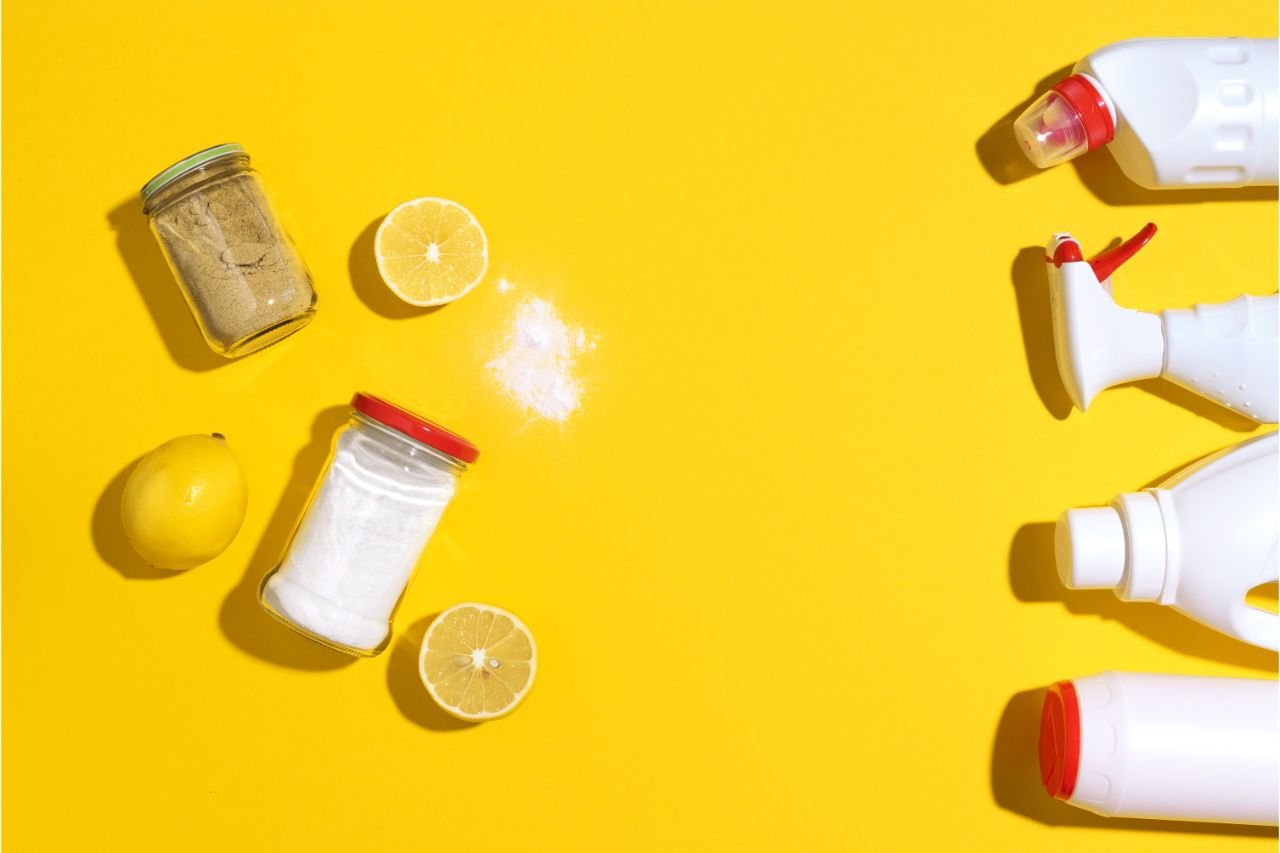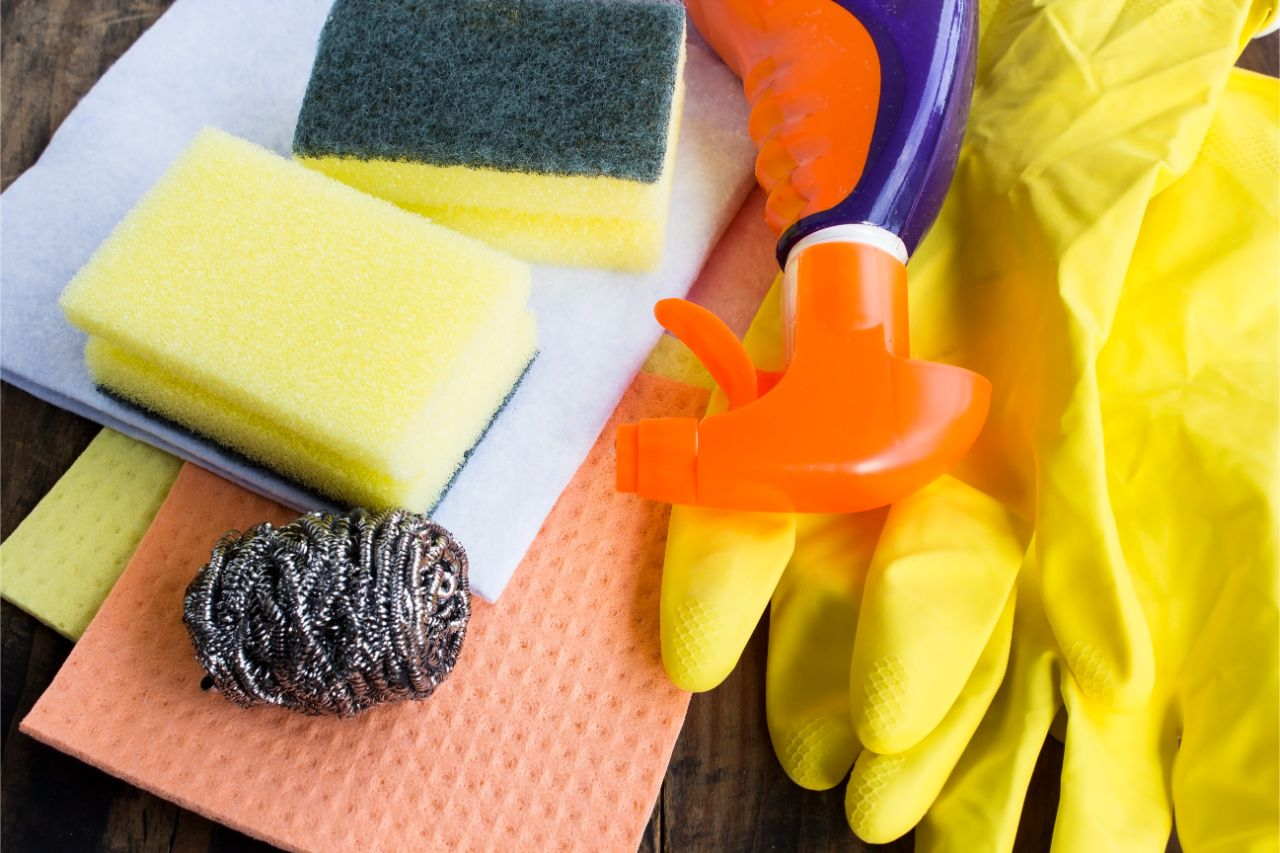How to Clean Aluminum Oxidation
Understanding Aluminum Oxidation
A complete understanding of aluminum oxidation together with its causes is required before starting the cleaning process. Aluminum oxidation results in a white chalky substance and dull spots which give your aluminum a weathered appearance.
The natural reaction between aluminum and atmospheric oxygen leads to the formation of aluminum oxide through oxidation. The rate of this process accelerates through contact with pollutants as well as exposure to saltwater or acidic rain together with increased humidity. The decorative building materials experience worse deterioration because of poor ventilation systems and exposure to incompatible substances.
The two main negative impacts of oxidation include its unsightly effect on the material's shine and modern look as well as its functional damage through corrosion susceptibility. A regular maintenance program serves as the essential approach to maintain aluminum's operational effectiveness together with its attractive appearance.

Key Preparations Before Cleaning
Precautions must be taken for safety before cleaning because they protect both surfaces and people from additional damage. Always follow these essential procedures:
- Safety First: Protect your skin by wearing gloves which defend against chemical and abrasive substances. Work in areas with good ventilation during acidic solution use since breathing fumes should be avoided.
- Assess the Oxidation Level: Carry out a thorough examination of the surface. The presence of light oxidation appears as minimal white spots but deep corrosion or pitting indicates severe oxidation. The cleaning method selection will depend on the assessment results which should begin with mild treatments until necessary.
The proper preparation allows you to achieve effective and safe cleaning results.
1.Gentle Cleaning Methods for Mild Oxidation
The natural and non-abrasive solutions provide successful results for light oxidation while preserving surface integrity. These methods remain the best choice for routine maintenance of decorative aluminum surfaces.
Using a White Vinegar Solution
White vinegar works as a weak acid which effectively dissolves the oxide layer.
- White vinegar solution requires equal water and vinegar measurements (1:1 ratio) inside a spray bottle.
- The solution needs to be sprayed extensively across all affected regions.
- The acid requires 5-10 minutes to break down oxidation before you should remove the solution.
- Use a soft cloth or sponge to wipe the area gently while performing circular motions without rough scrubbing.
- Rinse the surface completely with water to eliminate all remaining substances.
This cost-effective approach combines environmental sustainability making it suitable for new users.
Lemon Juice and Baking Soda Paste
A mixture of lemon juice acidity paired with baking soda scrubbing properties creates a gentle yet slightly abrasive cleaning solution.
- The paste should combine lemon juice with baking soda until it reaches a thick consistency.
- Apply the paste paste directly to the oxidized areas using a soft cloth.
- Allow it to sit for 10-15 minutes.
- Rub the area gently in a circular direction followed by a clean water rinse.
The exposure time needs to be monitored to stop damage while first tests must occur on a hidden spot.

2.Moderate Oxidation: Using Specialized Cleaners
The use of specific cleaners for aluminum surfaces becomes necessary when regular cleaning methods fail to remove heavy buildup.
Selecting and Applying Aluminum-Specific Cleaners
You should select products which have "oxidation removal" or "white spot elimination" labels for aluminum surfaces.
- Check the product instructions on the label before starting any cleaning operation.
- The recommended dilution process should be followed by applying the cleaner to the surface then waiting for the dwell time.
- Rinse the surface completely after using a soft brush or cloth to agitate the area.
The manufacturers designed these products to eliminate oxide without damaging the metal structure.
Mild Acidic Solutions (Use with Caution)
Professional users can use diluted oxalic or phosphoric acid-based cleaners to tackle difficult cases although these should be used only in severe situations.
- Emphasize safety: Use these solutions exclusively for critical situations because improper use will result in surface etching.
- The surface requires neutralization by baking soda solution before a thorough rinse.
- Special Note: Use neutral cleaners instead of acids when cleaning anodized aluminum panels or specially treated surfaces because acids would damage the protective oxide film.
The safety of the surface material should always take precedence over any cleaning approach that could be considered harsh.

3.Handling Severe Oxidation or Stubborn Stains
Mechanical techniques become necessary for severe oxidation cases but users must exercise extreme caution because scratches can occur.
Ultra-Fine Sandpaper or Steel Wool (As a Last Resort)
Apply this method to small areas where stains persist.
- Use 0000-grade steel wool or high-grit wet sandpaper with a grit level of 2000 or higher.
- Use the tool with water to rub it against the aluminum grain in a specific direction without applying strong pressure.
- Wipe off the remaining particles with a damp cloth immediately.
Use this method only when chemical treatments do not work before using a polish to achieve smoothness.

Essential Post-Cleaning Steps
Proper finishing procedures lead to results which will last.
- Thorough Rinsing: The elimination of all cleaning products requires clean water to prevent both streaks and additional chemical interactions.
- Complete Drying: Use a soft lint-free cloth or let the surface dry naturally to prevent water spots from forming.
- Polishing and Protection (Recommended): An aluminum-specific polish should be applied to restore the shiny appearance of the material. After that apply automotive wax or a dedicated aluminum protectant to establish an oxidation barrier.
These steps secure your work and increase product longevity.
Summary: Restoring and Maintaining Aluminum's Brilliance
The correct cleaning approach allows you to bring your decorative building materials back to their initial state without feeling overwhelmed by the process. Regular maintenance along with protective coatings will serve as the best way to prevent future problems. By following this guide you will successfully maintain your aluminum surfaces in pristine condition which will enhance their appearance and increase their market value.
Our Products
Latest Articles
Get A Free Sample
Try out the products you are interested in and get free samples. See the quality for yourself and let’s start working together right away.
Get In Touch Today
After you fill out the form, We will contact you within 24 hours.
The first objective will be to understand your needs, then develop a business plan together and provide you with the best pricing!
Address
Workshop No. 3 (Self - designated), Sizhong Industrial Zone, Dazhen Community, Dali Town, Nanhai District, Foshan City
Tel
+86 13392243769
+86 13392243769
senmry@vip.163.com







